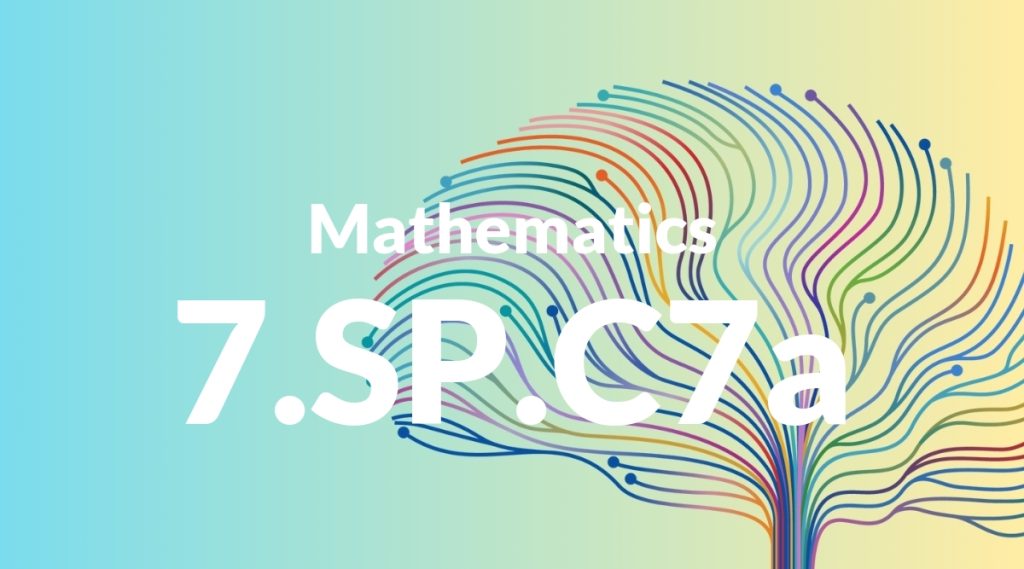Standard: 7.SP.C7 – Develop a probability model and use it to find probabilities of events. Compare probabilities from a model to observed frequencies; if the agreement is not good, explain possible sources of the discrepancy.
Grade level: Grade 7
Subject: Mathematics
Domain: Statistics & Probability
Teacher Overview
This standard focuses on developing and using probability models to predict the likelihood of events and compare these predictions to actual outcomes. Understanding this standard is crucial for students as it lays the groundwork for more advanced statistical analysis and probability concepts in higher grades. Students need to have a solid grasp of basic probability concepts, including understanding fractions and percentages, and how to calculate the probability of single events.
After mastering this standard, students will be equipped to tackle more advanced probability concepts, such as conditional probability and using statistical data to make informed decisions.
Common Misconception 1
A common misconception is that the probability of an event must always perfectly match the observed frequency. This is incorrect because probability models predict long-term trends, while short-term observations can vary due to chance.
Intervention 1
To address this misconception, engage students in activities such as rolling dice or flipping coins repeatedly. Discuss how observed frequencies may differ in the short term but align with probabilities over many trials.
Common Misconception 2
Another misconception is that if a model doesn’t match observed frequencies, the model is always incorrect. This overlooks other factors like sample size or experimental error that can cause discrepancies.
Intervention 2
Encourage students to consider external factors that might influence their results. Use examples where small sample sizes or measurement errors lead to discrepancies, and discuss how larger samples can provide more accurate results.
Prerequisite Knowledge
Students should have a basic understanding of fractions, percentages, and simple probability concepts such as the likelihood of single events occurring.
Subsequent Knowledge
Students will develop skills in more complex probability models, including conditional probability and using probability to make informed decisions in real-world contexts.
Instructional Activities
- Conduct experiments with dice and coins to observe probabilities.
- Use computer simulations to model different probability scenarios.
- Analyze real-world data sets to compare predicted probabilities with observed frequencies.
- Create and test simple probability models using classroom activities.
- Discuss case studies where probability models are used in various fields like meteorology or finance.




